
Published:
Readtime: 3 min
Every product is carefully selected by our editors and experts. If you buy from a link, we may earn a commission. Learn more. For more information on how we test products, click here.
Australians are no strangers to finding success in the United States. Whether it’s Lauren Jackson in the WNBA or Hugh Jackman on the big screen, our local talent can’t be denied. And Sydney’s James Webb is the latest athlete to make his mark in the Land of Opportunity, scoffing down a small farm’s worth of chicken wings in an international eating competition.
The 34-year-old has made headlines after eating 276 chicken wings in 12 minutes at the Wing It On! US Chicken Wing Eating Championship at the National Buffalo Wings Festival last weekend. Smashing a reported 23 wings a minute, his monstrous effort also set a new world record for the competition.
MORE: Jacked 60-Year-Old Shatters Guinness World Record for Most Push-Ups in One Hour
Making the victory taste even sweeter (pun intended), Webb beat Joey Chestnut (the Michael Jordan of eating), who came in second by guzzling 240 wings and defending champ Miki Sudo, who devoured 231 wings. You can watch the food king in full stride in his social media post above.
According to Daily Mail Australia, the strategy of the Baulkham Hills resident was to remove all the meat from the bone instead of rushing through the meal as the leftovers are weighed to “safeguard against anyone getting an unfair advantage by leaving their wings have-eaten.”
“Australian chicken wings are pretty scrawny so I always clean them to the bone. In America you get chunky wings and a lot of people don’t finish all the chicken,” said Webb, as per Daily Mail Australia. “I’m not going to match a lot of those guys for speed but I can eat more than a ton of those guys.”
And eat he can. Take one look at Webb’s Instagram and you’ll see the champ gobbling down giant portions of food from various venues across the world. Not sure if this is scientifically possible, but I feel like I just gained 10kgs from scrolling his feed. Earlier this year, News reported that Webb downed the entire menu off Marrickville’s Slims Quality Burger in 20 minutes – a meal that weighed a nauseating 6.8 kg.
However, the Aussie is hungry for much more. Webb has now risen to 5th spot on the Major League Eating rankings, which is an incredible achievement considering his relative inexperience in the sport. The Western Sydney man only came to competitive eating two years ago after his partner witnessed him polish off a pub’s big burger challenge after a Hunter Valley wine tour.
After being invited to eating competitions, Webb quit his sales job and ventured to the US where he earned himself a contract in Major League Eating.
Go you good thing!
You’ll also like:
Pizza Hut’s Record-Breaking Pie is Bigger Than Your Appetite
Dutch Football Fan Goes Viral After Carrying 48 Beers








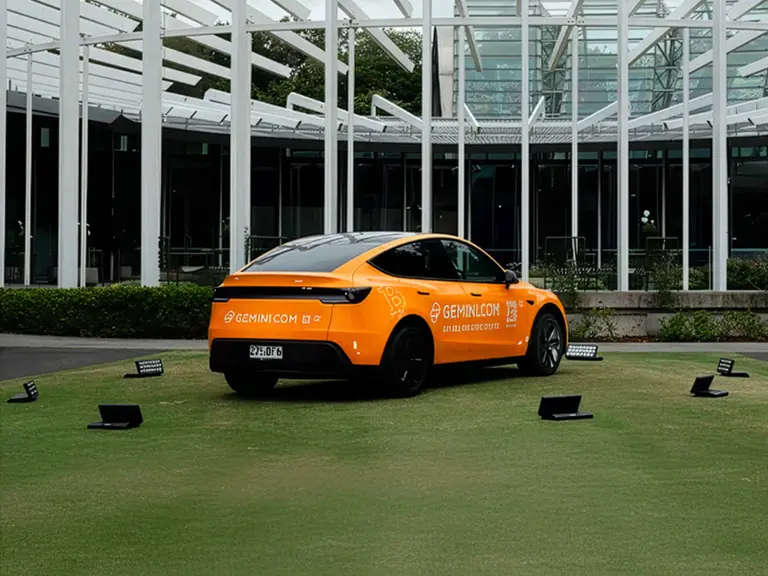









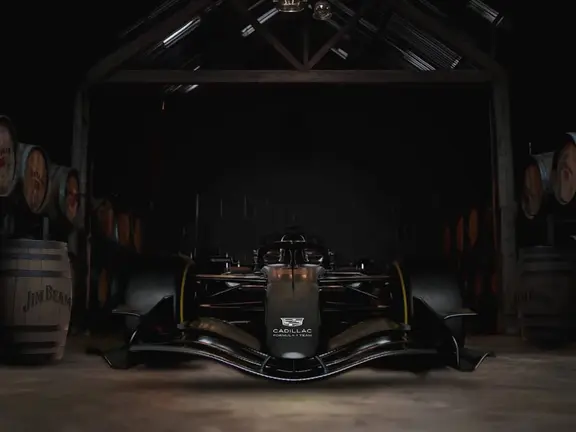






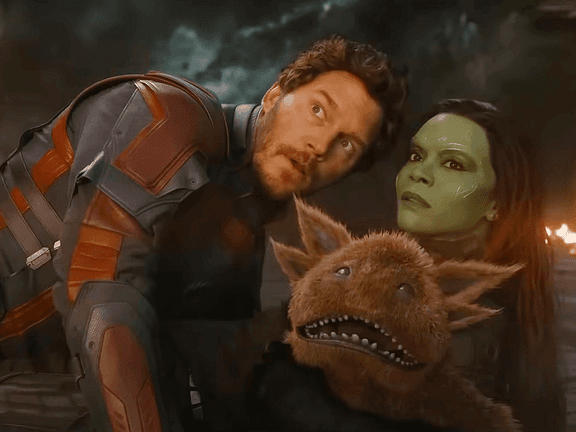



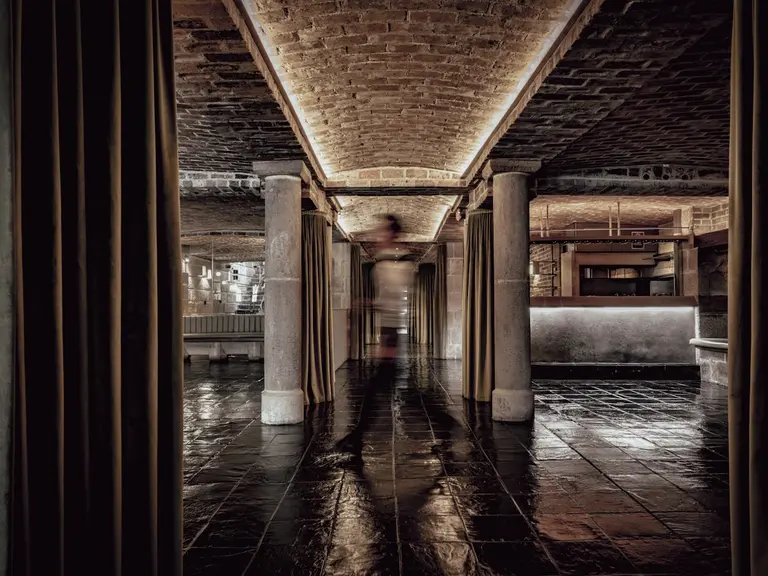

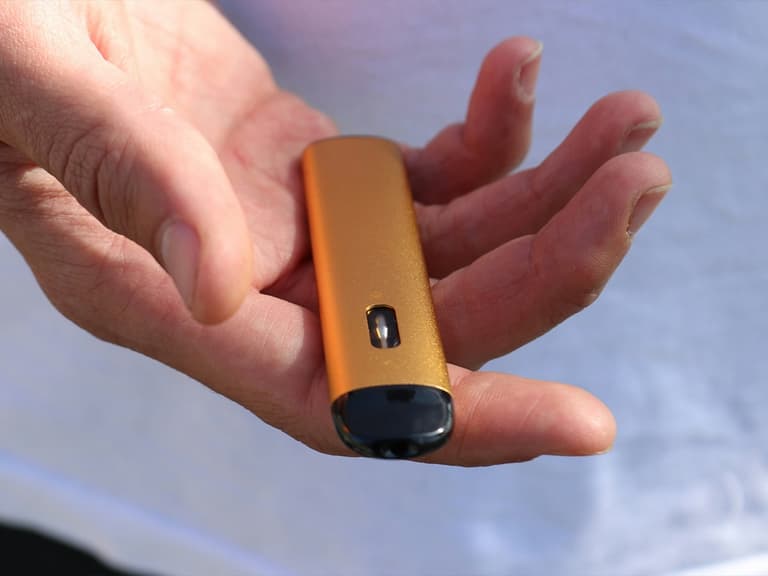
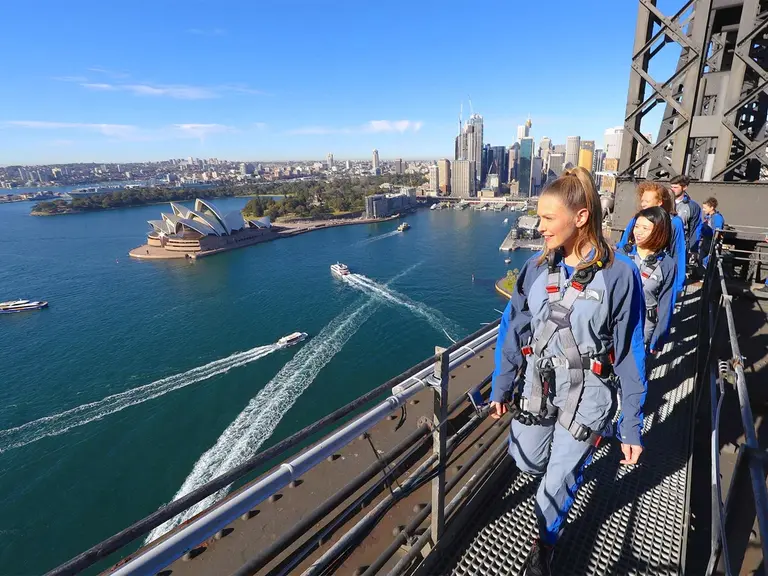

Comments
We love hearing from you. or to leave a comment.